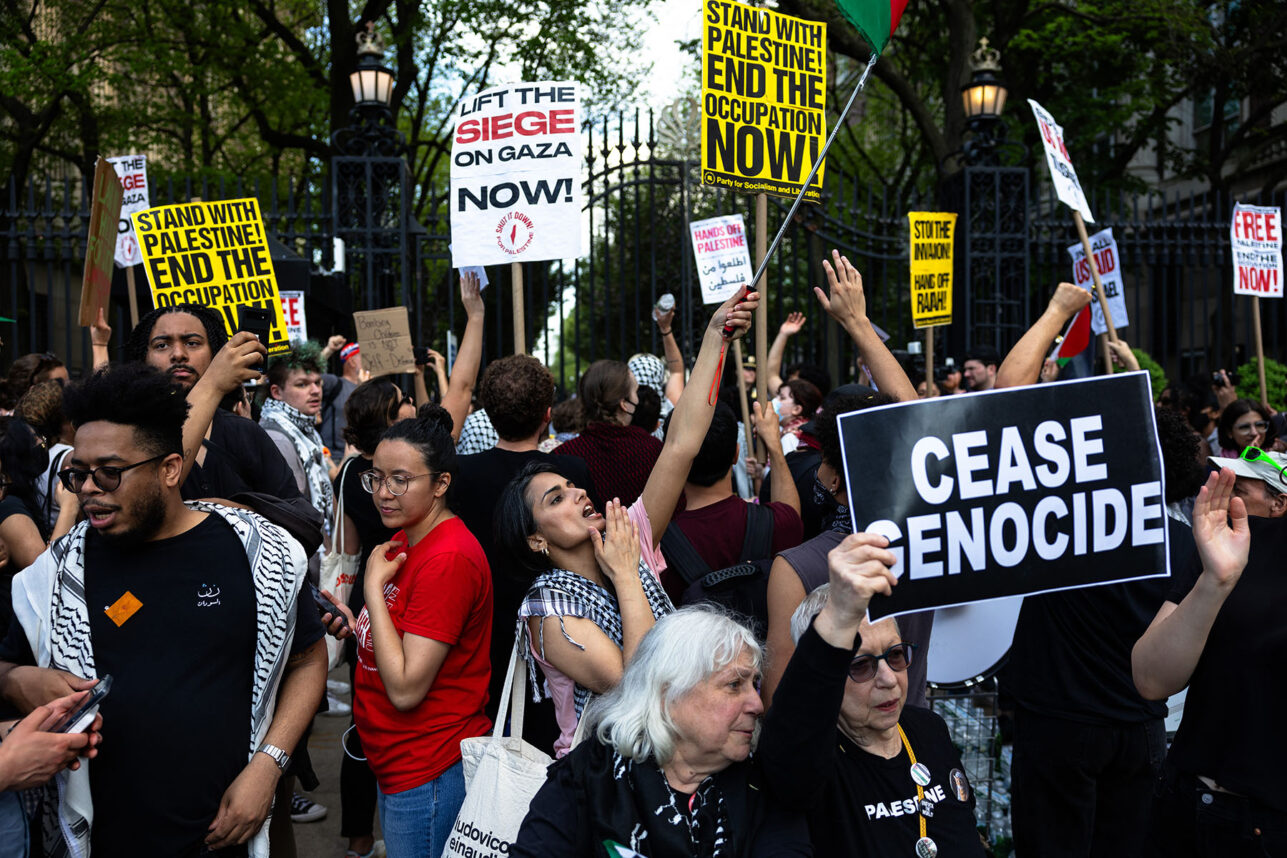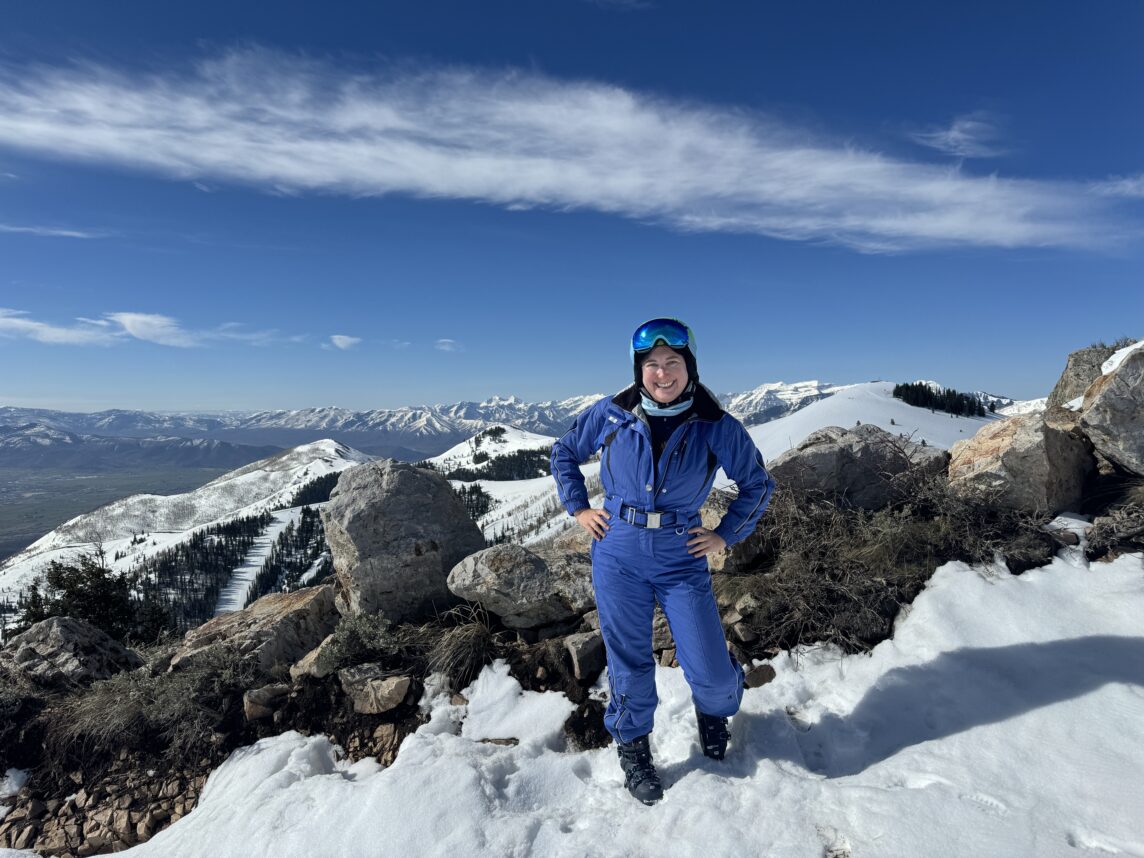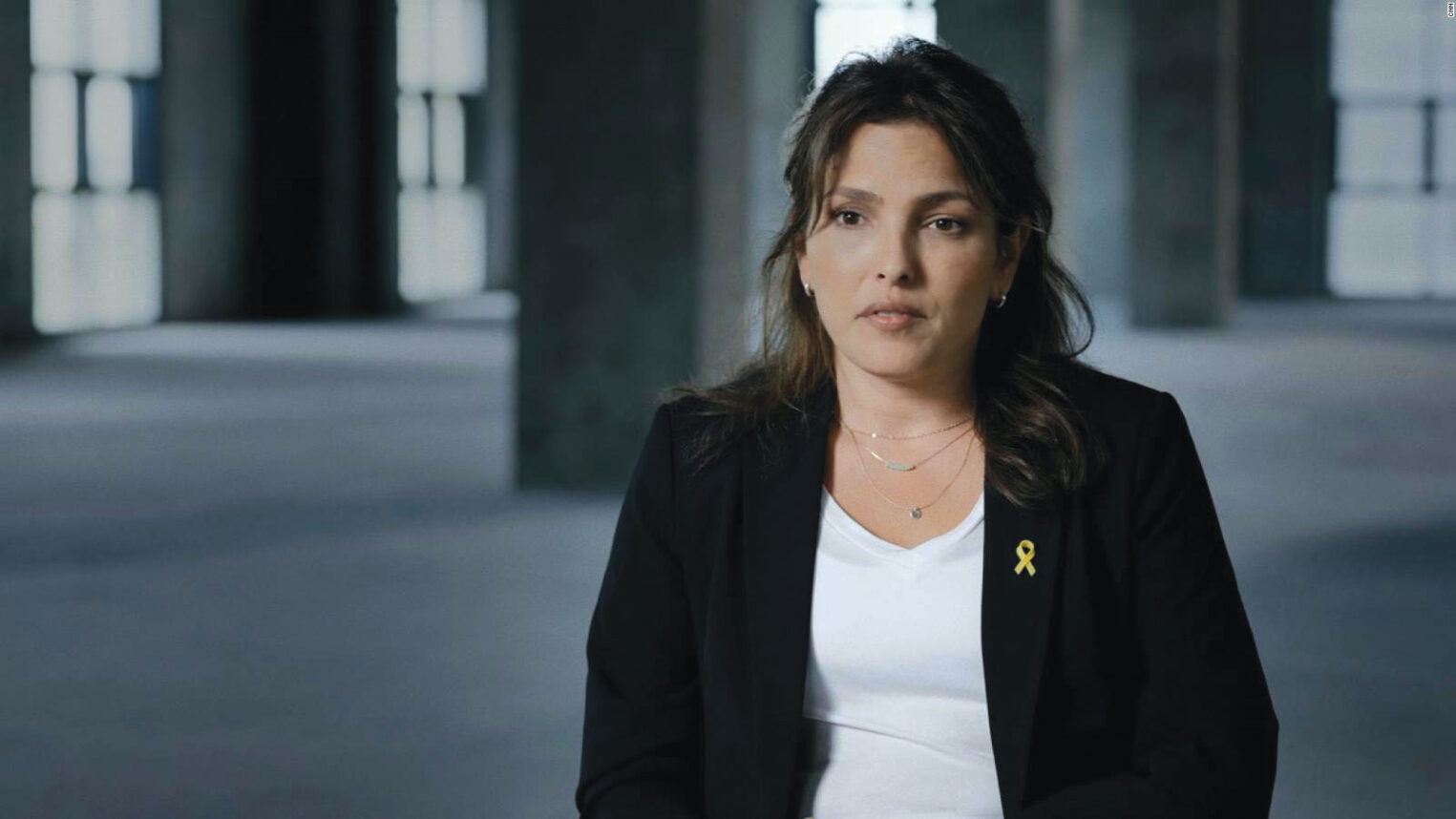At first glance, Um Batin seems almost familiar. It’s as if you’ve glimpsed something like it before in a TV docudrama, or on the glossy pages of National Geographic or as part of a news clip on CNN. It’s part Middle Eastern, part African. It’s part dust bowl, part fledgling village. It speaks of poverty, though there’s a gentle mood to the place, as if no one there is really complaining about their lot — almost as if they’ve picked it themselves.
And they have, in a way.
Um Batin, deep in the sandy, rocky terrain that is Israel’s Negev Desert, is a Bedouin Arab community of 4,000 people. Up until two years ago, Um Batin (“One Hill”) was considered an unrecognized village in Israel, meaning land claims had not been officially settled with the government, and hence all building was technically illegal and subject to demolition. The village’s status also meant that it was ineligible for basic municipal services, like running water, electricity, garbage removal, sewage systems, paved roads, even a high school.
Yet the Bedouin are full Israeli citizens, comprising about 80,000 people in northern Israel and 180,000 in the south, roughly 25 percent of the entire Negev population. They are entitled to the rights of Israeli Jews — that is if they could just stay put.
A nomadic people, “Bedouin” is the general name for Arabic-speaking tribes in the Middle East and North Africa that originate from the Arabian Peninsula, the Jazirat al-Arab. Before 1948, Bedouin were for generations the only residents of the Negev, a land mass that makes up some 60 percent of present-day Israel but comprises less than 10 percent of the total population.
About 15 million Bedouin live in the Middle East, including North Africa, and they have one of the highest birthrates in the world. Bedouin females, who typically marry before 20, have six to nine children, on average, with polygamy still practiced (Islam allows up to four wives). Two wives are not uncommon, even in Israel in the 21st century. With the husband and resulting children, families of nearly two-dozen members share a lifestyle and often an actual household.
That makes it a force to be reckoned with, according to professor Alean Al-Krenawi, chairman of the Spitzer department of social work, and director of the Regional Research and Development Center for the Bedouin Society at Ben-Gurion University of the Negev, who provided the statistics.
“My father used to say, ‘You have to walk with the wind,'” Al-Krenawi said. “Well, the Israelis, they were working against the wind. They were working with the Bedouin, and they didn’t understand them. Slowly, they’ve started to change their thinking and adapt Western models to ones that fit the Arab people.”
In the mid-1960s, the government attempted to settle some of the Negev Bedouin. It planned a development project in the south called Tel Sheva — not too far from the Jewish town of Beersheva, now a burgeoning city of nearly 200,000 — and started to build houses and an infrastructure to situate tribes. The problem was that nobody consulted the Bedouin, who didn’t want or ask for the homes. They simply weren’t interested in such a sedentary existence. The place was left empty for quite a while; “it was a big mistake,” said Al-Krenawi, himself Bedouin.
Eventually, the second generation of Israeli Bedouin, those coming of age in the late 1960s and early ’70s, did start to move in to Tel Sheva and six other recognized villages: Rahat (now a city of about 40,000), Segev Shalom, Hura, Lakiya, Kifssa and Arara. Today, about one-half of Negev Bedouin live in these areas. Tel Sheva, the first development, now with more than 12,000 residents, remains the least successful.
The professor explained that there are crucial problems: a dramatic shift from living in tents and caring for land and animals to moving into contemporary abodes, coupled with no economy, few jobs and large families to educate. Many subsist on “social security,” Israel’s name for welfare, which he said is hardly enough to support 12 children.
The Bedouin were “pushed to the margins of society; they were left out,” Al-Krenawi said. “Joblessness is among the highest in Israel. It’s a big welfare population. It’s a disaster.”
The question, he continued, is one of the future: “Where are you taking this portion of society?”
“A Ticking Time Bomb”
Critics say the government has ignored the entire Negev since the founding of Israel in 1948 and is only now starting to realize its potential. It was Israel’s first prime minister, David Ben-Gurion, who saw possibility in the desert, so much so that when he retired from public office, he and his wife, Paula, moved to Sde Boker, in the central Negev below Beersheva, where they are buried. Ben-Gurion’s words sound surprisingly relevant these days: “The Negev offers the greatest opportunity to accomplish everything from the beginning.”
Signs of Bedouin movement do exist. It is a population that votes. It’s one that serves in the Israeli army and doubles its size every 13 years. It’s one that the average Israeli Jew realizes has been left out of the picture, not because of religion or politics, but because of lifestyle choices and because the Bedouin were never really considered at all.
Nine more recognized villages are in the works at various levels and stages of development. A regional council for this area, the Abu Bazma Council led by the government-appointed Amram Kolagy, has been set up and a modern building constructed to meet its needs. (All new towns in Israel, no matter the ethnicity or religion, get a Jewish mayor appointed by the Interior Ministry for a period of five years. After that, the mayor can be re-elected for another term or the town can choose its own new leader. The idea is for an experienced person to jump-start civic systems and get them up and running before handing them over to local authorities.) New schools, which will incorporate both boys and girls, are being built to accommodate the youth, which make up 60 percent of Negev Bedouin.
Kolagy, who is of Iraqi descent and well-versed in Arab customs, noted that the problems are more severe than first thought. He acknowledged that Israel made mistakes with the Bedouin from the start– “when the government system trickles down, a lot is lost along the way” — but his presence represents a new process, one that is working within the culture to make changes at the grass-roots level.






















 More news and opinions than at a Shabbat dinner, right in your inbox.
More news and opinions than at a Shabbat dinner, right in your inbox.